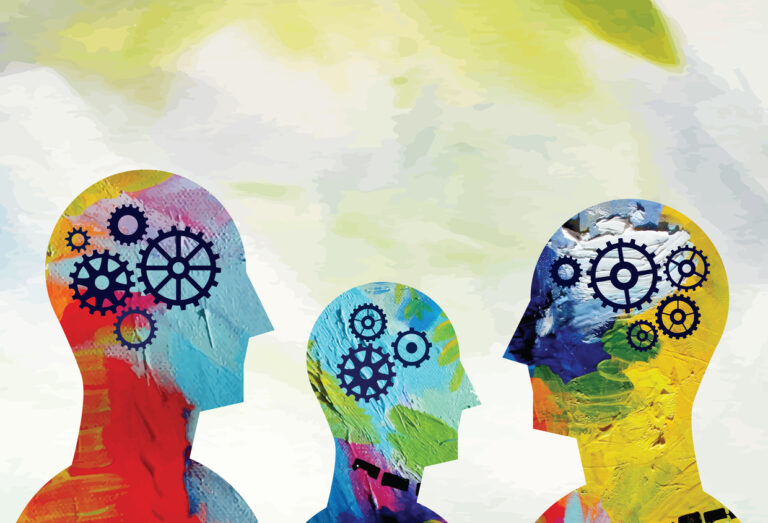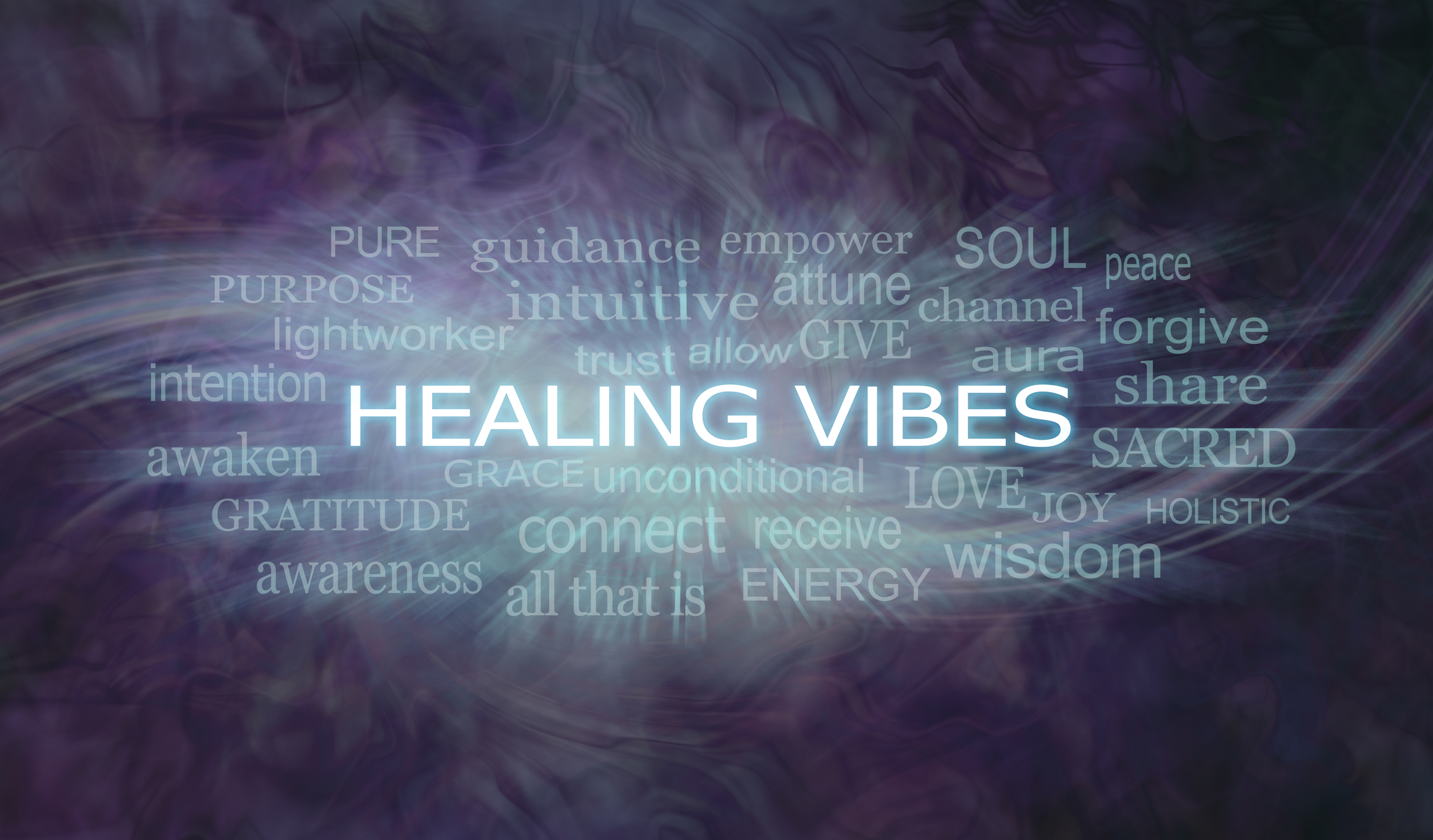The human nervous system is a complex and highly adaptive network that plays a crucial role in how we perceive and respond to the world around us. It is a system that has evolved over millions of years, finely tuned to ensure our survival in a sometimes dangerous and unpredictable environment. In this article, we will explore the intricacies of the nervous system, with a particular focus on the polyvagal perspective, which sheds light on how our nervous system influences our emotions, behaviours, and interactions with others.
The Impact of Early Life Experiences
Our early life experiences have a profound influence on the development of our nervous system. It is during childhood that the foundation of our autonomic nervous system is laid, shaping our responses to stress, danger, and safety. If a child grows up in an environment characterized by danger, neglect, or abuse, their nervous system becomes finely tuned towards survival. This adaptive response means that the nervous system is more attentive to cues of danger than to cues of safety.
Additionally, human brains are wired with a built-in negativity bias, which means we are naturally inclined to respond more strongly to negative stimuli than positive ones. This bias is a result of our evolutionary history, where being vigilant to potential threats was essential for survival. As Dr. Rick Hansen aptly puts it, we are “Teflon for positive and Velcro for negative” – negative experiences tend to stick with us more.
Recognizing Micro-Moments of Safety
Despite these challenges, our nervous systems are also capable of perceiving moments of safety, often referred to as “micro moments.” These are fleeting instances of feeling safe, connected, or at ease. Recognizing and acknowledging these micro-moments is essential, especially when working with individuals who have experienced trauma.
When working with clients who have trauma-saturated narratives, therapists should pay attention to these glimmers of safety. These moments can be easily missed if not intentionally observed and appreciated. Clients benefit from therapists who can pause and say, “Let’s revisit that moment; it felt like a glimmer.” This practice reinforces the idea that even in the midst of trauma, the nervous system can find moments of safety and connection.
Attachment and Safety
For individuals who have a history of unsafe or damaging relationships, finding safety can be challenging. In such cases, therapists can help clients discover micro moments of safety not only in human interactions but also in interactions with pets and nature. Research has shown that nature and pets can reliably activate ventral vagal moments, offering alternative sources of regulation and connection.
Clinical Approaches for Different Autonomic States
Understanding a client’s predominant autonomic state is crucial for effective therapy. Some individuals default to the sympathetic state, while others default to the dorsal state. Here’s how therapists can approach each:
Sympathetic Dominance
- Sympathetic-dominant clients exhibit high energy and may appear agitated, fidgety, or talkative.
- Therapists should match this energy to some extent, demonstrating an understanding of the client’s emotional state.
- Expressing support and solidarity is essential, as these clients are seeking alliance and validation.
Dorsal Dominance
- Dorsal-dominant clients tend to withdraw, become unresponsive, or exhibit a lack of energy.
- Therapists should offer gentle and patient support, letting clients lead while ensuring they know they are not alone.
- Providing reassurance and acknowledging the client’s state is essential in dorsal-oriented therapy.
Rupture and Repair
In therapy, moments of rupture, where the therapist’s own nervous system dysregulates, can occur. It’s vital for therapists to acknowledge and transparently address these moments. A therapeutic alliance can be strengthened through intentional repairs, ensuring that the client knows the therapist’s dysregulation is not their fault.
Conclusion
Understanding the human nervous system from a polyvagal perspective is invaluable for therapists and individuals alike. Our autonomic responses to stress, safety, and danger are deeply ingrained in our biology, but with awareness and intentional practice, we can learn to regulate and find moments of safety even in the most challenging situations. By recognizing micro-moments of safety, therapists can guide clients toward healing and resilience, ultimately fostering a deeper understanding of themselves and their nervous systems.







